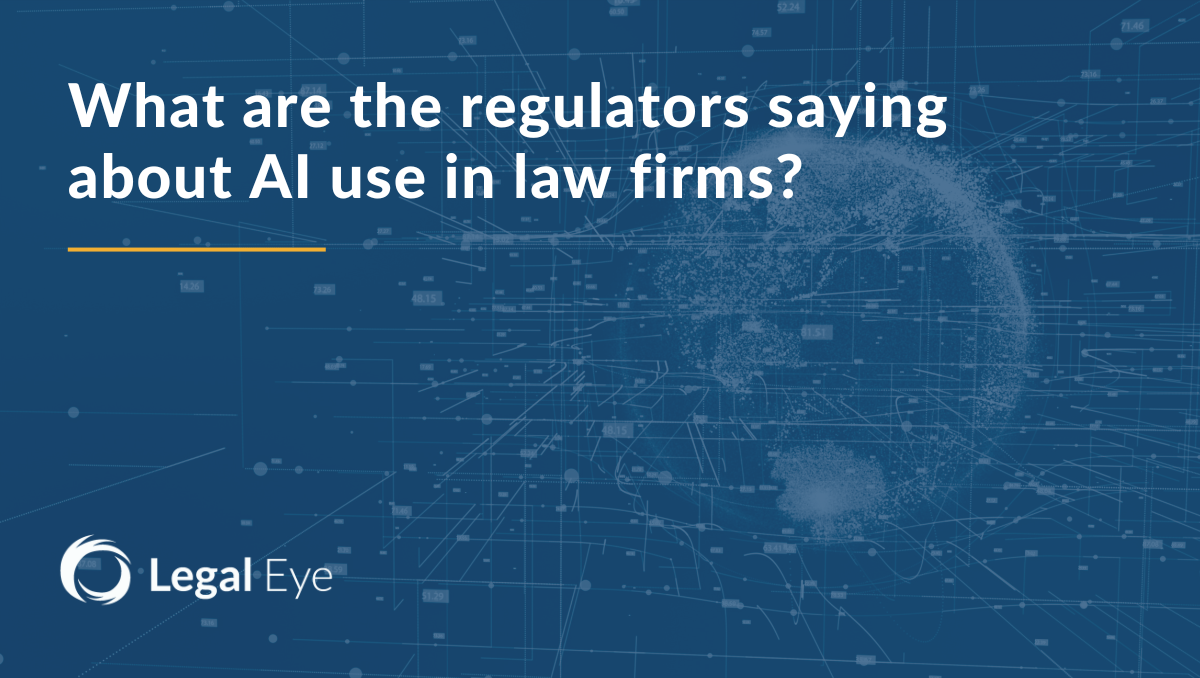Artificial intelligence is here, and law firms are already experimenting with it. Whether you're exploring…
Trade and representative bodies covering the legal, surveying, estate agency and property management sectors, including the Conveyancing Association (CA), have today (6th January 2022) launched an updated version of the LPE1 (Leasehold Property Enquiries) form.
Going live on the 9th January 2023, the release of the new revised form will coincide with lenders changing their policies to be able to lend on properties in remediation schemes, or those covered by leaseholder protections. The changes arise from the Building Safety Act 2022 which came into force on the 28th June this year.
Other bodies alongside the CA such as the Law Society, CILEX, Society of Licenced Conveyancers as well as ARHM, BPF, TPI, RTMF and Propertymark are encouraging their member firms to use the new versions from this date.
This is the fourth version of the LPE1 form and includes a number of additional questions covering:
- Whether the Leaseholder Deed of Certificate has been served on the Landlord in relation to the sale of the property or remedial works required to the property?
- Whether a Landlord’s Certificate has been served?
- Where there is any outstanding enforcement action against the Landlord or accountable person[1] (such as outstanding enforcement notices)?
The form also includes new requests for documents covering the Leaseholder Deed of Certificate, the Landlord’s Certificate, and any known enforcement action taken. Definitions for the Leaseholder Deed of Certificate and the Landlord’s Certificate have been added, plus an amendment to the definition of a Right to Manage Company.
The updated LPE1 forms can be downloaded for free from the trade/representative bodies’ websites and will be circulated amongst law firm stationers and CRM systems by software providers such as Advanced, ensuring updates by the 6th January 2023.
Further Guidance from the Government on this issue can be found here: https://www.gov.uk/guidance/mandatory-information-required-from-leaseholders-and-building-owners
Beth Rudolf, Director of Delivery at the Conveyancing Association, commented:
“As an industry we have committed to updating all the relevant forms in order to ensure we have the most up to date and fullest information possible at any given time. These amendments to the LPE1 form come off the back of further Government intervention in terms of building remediation, who is responsible for funding it and the responsibilities upon all parties. It should help conveyancers and other property professionals provide as much information as possible around the current circumstances, as advised to them, and allow them to tailor their advice based upon it.
“Our next proposals, when the regulations have gone live and the dust has settled, will be to create a standard set of additional enquiries to ensure the conveyancer receives the information necessary to advise their clients – either the borrower or the lender – on what they have been told the current position is. For example, whether the cost of the remediation work is completely covered, when it will be done, whether it will require the leaseholder to vacate the property, etc. This will allow conveyancers to gather the new information needed by stakeholders during the sale or remortgage process.”
Mairead Carroll, Senior Specialist, Property Standards at RICS, said:
“These crucial updates to the LPE1 form will serve to further clarify the remediation responsibilities of different parties, improving efficiency and accuracy in the conveyancing process. With conveyancing becoming an increasingly complex procedure, it is vital key data-gathering tools, such as the LPE1, are fit for the demands of today’s profession.
“These additions are another step in the right direction as we progressively improve the process for consumers and professionals. With the new guidance from RICS for valuers on how to take into account any agreed remediation funding and timelines when forming their objective opinion of value on properties in blocks of flats with cladding, new statutory leaseholder protections and lending industry commitments to recommence mortgage loans, leaseholders looking to sell and prospective buyers should have greater clarity.”
[1] As they will be known once Part 4 of the Building Safety Act 2022 is commenced during 2023.

